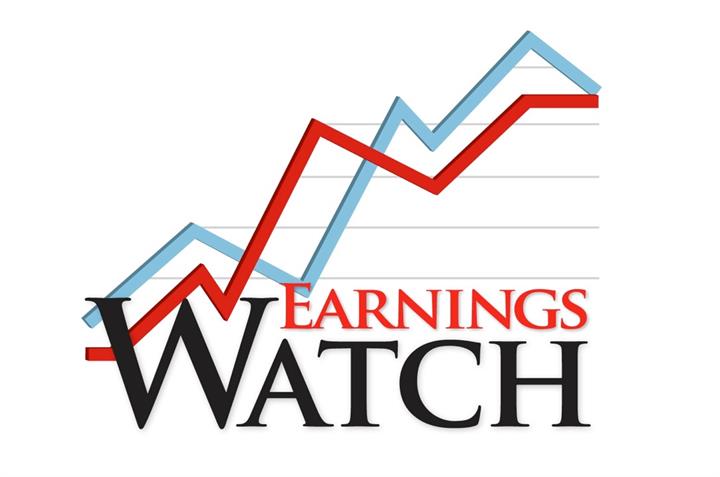Trucking and intermodal giant J.B. Hunt Transport Services Inc. (NASDAQ:JBHT) reported on Monday its second quarter profit increased just slightly, falling short of Wall Street expectations.
Net earnings totaled $105 million compared to $103 million a year earlier. Earnings per share were 92 cents versus 88 cents, 5 cents less than a consensus estimate in a poll of analysts from Zacks Investment Research.
Total operating revenue for the most recent quarter was $1.62 billion, up 5% from the second quarter 2015, as total operating revenue excluding fuel surcharges increased 9%.
The company attributed the increase in revenue to load growth of 9% in its intermodal business and a 62% jump in its third-party logistics operation, Integrated Capacity Solutions. It also saw a 5% increase in revenue-producing trucks for its dedicated operations and an 11% increase in the average fleet count for its trucking business segment.
Despite the increases, the Arkansas-based operation revised downward its outlook for all of 2016, predicting revenue rising 7% over the previous year, down from its earlier expectation of a 9% to 12% increase. It expects operating income to increase 5%, down from an earlier projection of an 8% to 11% rise.
J.B. Hunt's biggest operation, intermodal, saw second quarter revenue increase 3% to $933 million as operating income fell 11% to $105.6 million. It was affected by a 5% decrease in revenue per load despite the gain in volume growth. The quarter ended with 81,243 units of trailing capacity and 5,244 power units assigned to the dray fleet.
The company's dedicated segment saw a 4% increase in revenue, totaling $383 million, as operating income jumped 24% to $50.5 million.
The dedicated segment reported it had 132 more revenue-producing trucks compared to the first quarter, and 350 more compared to last year's second quarter. Approximately 87% of these additions represent private fleet conversions versus traditional dedicated capacity fleets, according to the company. Customer retention rates remain above 98%.
The company's Integrated Capacity Solutions segment saw a 17% increase in revenue, hitting $204 million, as operating income leapt 122% to $10.9 million.
ICS revenue was up 17% compared to the second quarter 2015. Volumes increased 62% while revenue per load decreased 28%, primarily due to freight mix changes driven by customer demand and lower fuel prices compared to second quarter 2015.
Lastly, J.B. Hunt's truck operations had a 1% increase in revenue, totaling $98 million as operating income fell 9% to $8.9 million.
Revenue excluding fuel surcharges increased 6% for the truck division, primarily from an 11% increase in average fleet count. Rate per loaded mile excluding fuel surcharges was down approximately 5%, primarily from customer-driven freight mix changes, including a 5.8% increase in length of haul. Core customer rate increases were up 0.9% compared to the same period in 2015. At the end of the period, the trucking segment operated 2,186 tractors compared to 2,073 a year ago.
Follow @HDTrucking on Twitter








